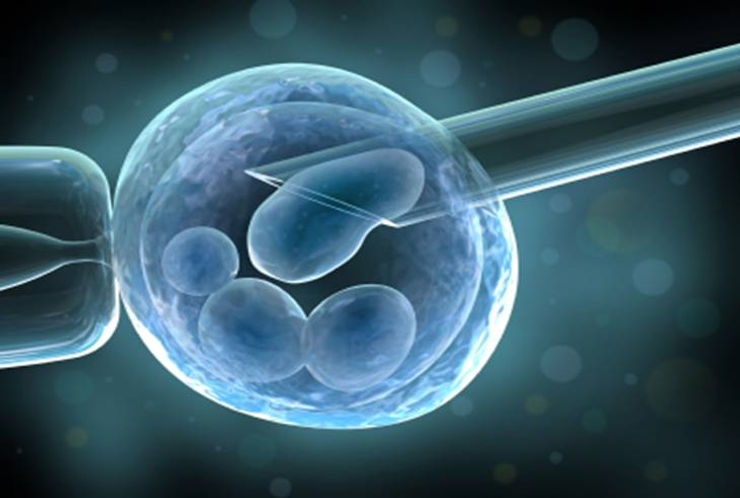By: Peter Xiao
Last Monday, Israeli stem cell researchers from the Weizmann Institute of Science published their research on synthetic mouse embryos. They say that the discovery could help create replacement organs for humans.
They created synthetic mouse embryos without using a sperm or egg, and then raised them for eight days, allowing them to make their claim from the development. Their creations closely resembled their real counterparts, with them having beating hearts, blood circulation, brain tissue, and intestinal tracts. Their objective is to boost knowledge about how organs develop in embryos and use it to develop ways to heal people.
Jacob Hanna, the leader of the study, talked about the development, “Our goal is not making pregnancy outside the uterus, whether it’s mice or any species. We are really facing difficulties making organs — and in order to make stem cells become organs, we need to learn how the embryo does that. We started with this because the uterus is a black box — it is not transparent.”
Their work, part of a field with efforts to develop models to study how organs form, proved that a complete embryo could be made from embryonic stem cells, but the process was prone to errors, causing only a few embryos to develop the beginnings of organs.
Hanna wishes to gain important clues in stem cell therapy with the technology. Stem cells can transform into any tissue or organ, so for decades the hope was to use them to fix spinal cord injuries, patch damaged hearts, or even cure diabetes. Watching the process of embryo development may bring the solution to the challenge of making the cells become organs.
As the replicas get closer though, the question of ethics is also starting to arise. At some point, the synthetic embryos may become similar enough to be subject to protections like the real embryos. It also brings the question of the possibility of a complete human synthetic embryo in the future. Last year, the International Society for Stem Cell Research toned down the 14-day rule, allowing scientists to request approval for longer embryo growth studies.
Alex Meissner, a stem cell biologist from Max Planck Institute, commented on the topic, “The mouse is a starting point for thinking about how one wants to approach this in humans. It’s not necessary to be alarmed or raise any panic, but … as we learn, it’s important to have in parallel the discussion: How far do we want to take it?”
Hanna has since founded a company, Renewal Bio, that could use the technology therapeutically. It may allow the possibility of taking skin cells from a woman with fertility issues and reprogramming and growing synthetic embryos with them to produce eggs.
Article: https://www.msn.com/en-us/news/technology/scientists-create-synthetic-mouse-embryos-a-potential-key-to-healing-humans/ar-AA10c5b4











